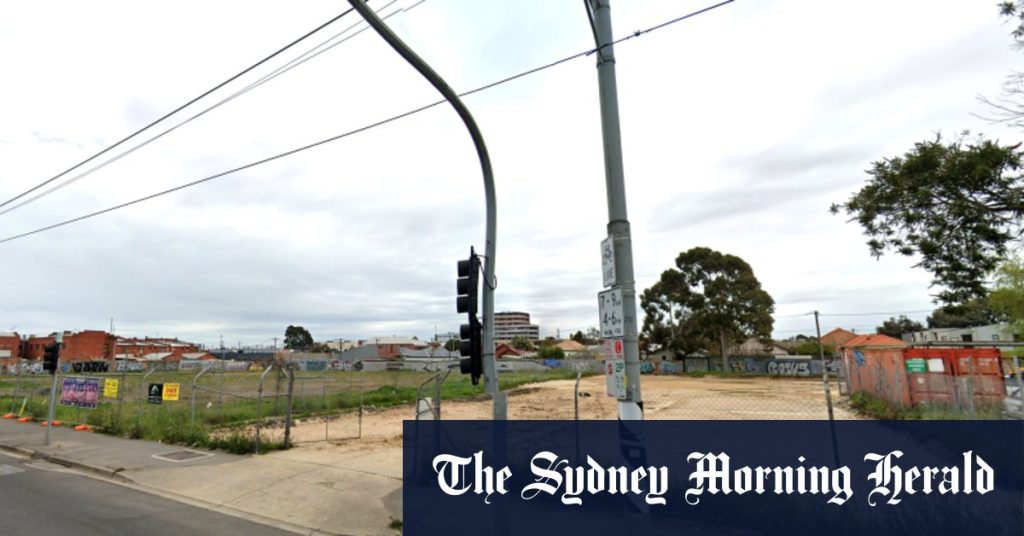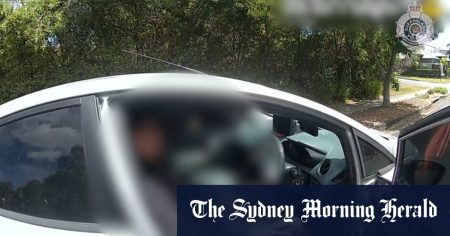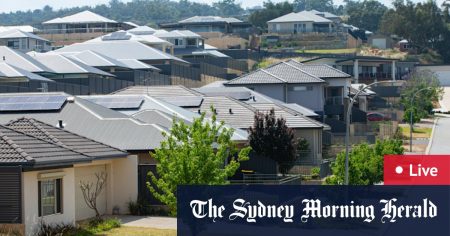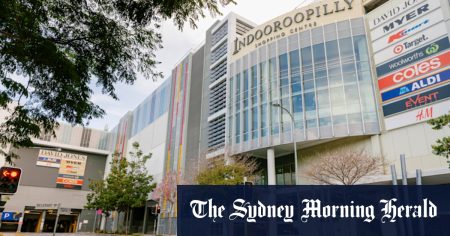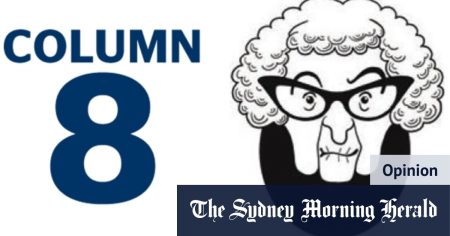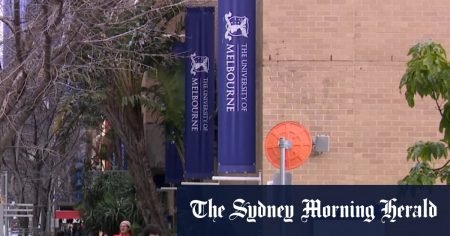The government has identified 45 surplus government properties that are being rezoned and taken to the market to deliver approximately 9000 homes across the state. Expressions of interest for the small site process will close on August 27, with sites such as vacant land in Preston, Coburg, Alphington, and Malvern earmarked for development. Minister for Development Victoria Colin Brooks stated that providing housing is a top priority, and this initiative aims to give the private sector more certainty in the housing market. The government has set a target of building 800,000 homes over the next decade, a goal that has faced challenges in progress as noted by Opposition Leader John Pesutto, who unveiled a policy to speed up housing delivery if his party wins the next election.
The Opposition’s policy to tighten cultural heritage and Melbourne Water approval processes has drawn criticism from Indigenous leaders who view it as a dog-whistle to racist voters. Despite these concerns, Pesutto defended the policy as a necessary reform aimed at streamlining the housing delivery process. YIMBY Melbourne’s data analysis showed that the approval rates for certain types of housing projects were lowest for the “missing middle” category that delivers between six and 50 new homes. The analysis suggested that the current planning system may be hindering the development of medium-density housing options, leading to a focus on tall towers or sprawl instead.
YIMBY leader Jonathan O’Brien highlighted the data showing Brimbank had the highest approval rates at 90%, while Banyule had the lowest at 37.8%. The average approval rate for housing projects across Melbourne was 74%. Banyule Mayor Tom Melican stated that the council is committed to increasing housing density and supporting Melbourne’s need to grow inward rather than outward. He contested YIMBY’s statistics and mentioned that Banyule approved 85.5% of planning applications related to residential development for single and multi-dwelling applications. The government spokesperson noted that a team is working with councils to clear application backlogs and set growth targets to encourage the development of new housing options.
The government’s focus on delivering more homes through surplus government properties aims to address the housing shortage and housing affordability issues in the state. The initiative is part of a broader strategy to meet the target of building 800,000 homes over the next decade. Opposition Leader John Pesutto’s policy to streamline approval processes has sparked debate and criticism from Indigenous leaders, who view it as a potentially discriminatory practice. YIMBY Melbourne’s data analysis sheds light on the challenges faced in gaining approval for medium-density housing projects, indicating a need for reform in the planning system to encourage more diverse housing options. Despite differences in approval rates across councils, there is a shared goal of increasing housing density and meeting the growing demand for new homes in Melbourne.




